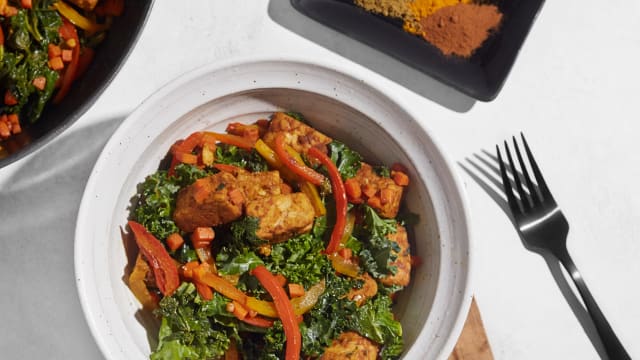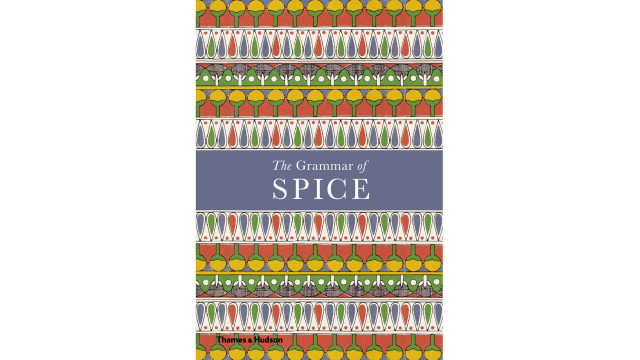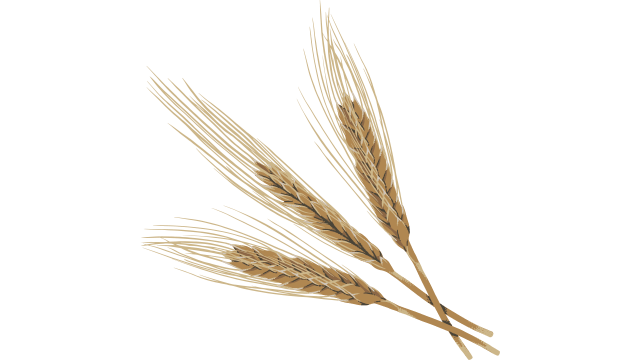Cumin

Latin name: Cuminum cyminum
Uses: spice
What is cumin?
Like its carrot-family cousins anise, coriander, and caraway, cumin is a deeply aromatic seed best kept and stored in whole form.
Why is cumin healthy?
Research on cumin has shown several potential benefits. The essential oil of cumin can slow the growth of E. coli bacteria, may impede the growth of some tumors, and appears to help maintain healthy cholesterol and blood sugar levels. It’s unclear whether culinary quantities convey similar benefits. Cumin has long been revered for its digestive purposes in South Asia, and is known to reduce gastric distress like bloating and IBS.
What does cumin taste like?
Cumin seed’s signature scent and flavor come from its essential oils, the primary aromatic constituent of which is the compound cuminaldehyde (also responsible for the spiciness of cassia and myrrh). It has a warm-woody flavor and earthiness that’s accentuated by toasting or frying the seeds.
How do I use cumin?
Cumin seeds can be used whole or ground. To transform and magnify the flavor, try toasting them in a dry pan or frying in grass-fed ghee or coconut oil before using whole or crushing in a mortar and pestle.
What does cumin pair well with?
Cumin’s greatest talent is its ability to transform humble legumes of any type into a dish fit for royalty. It’s a necessary component of curry blends and garam masala, especially with its close relative coriander seed. Its flavor is complemented by pungent-spicy ingredients like chile, black pepper, and Sichuan peppercorn; it also plays beautifully with flexible sweet/savory flavors like cinnamon, cardamom, ginger, turmeric, toasted coconut, and basmati rice. Water infused with cumin seeds is commonly used to settle digestive issues in South Asian cultures.
Where does cumin grow?
Cumin is likely native to western Asia and/or the eastern Mediterranean; it’s been cultivated and traded for so long that its actual origins are unclear. Today cumin is still very much used in the Mediterranean, Middle East, Western Asia and South Asia, and spread to the Americas (where it’s commonly used in Mexican and Tex-Mex cooking) during the Columbian Exchange. India and China are the top global producers of cumin seed today.
How to buy cumin:
Buy the seeds whole, preferably from an organic and fairly-traded source. Keep cumin seeds in an airtight container in a cool, dry place and grind fresh as needed (or every couple months, if you use it often). Stored this way, cumin will keep its flavor for years.
Fun cumin fact:
Cumin was part of the diet of ancient Greeks and Romans, who imported a variety of spices from around Asia. It was sometimes used to make a seasoning salt for flavoring savory dishes, sort of like the Lawry’s of antiquity. The spice was ubiquitous (the earliest known cookbook, Apicius, includes it in more than a hundred recipes) and as such, was affordable; so much so that an ancient-world cheapskate could be called a kymino-pristes, or “cumin splitter.”




